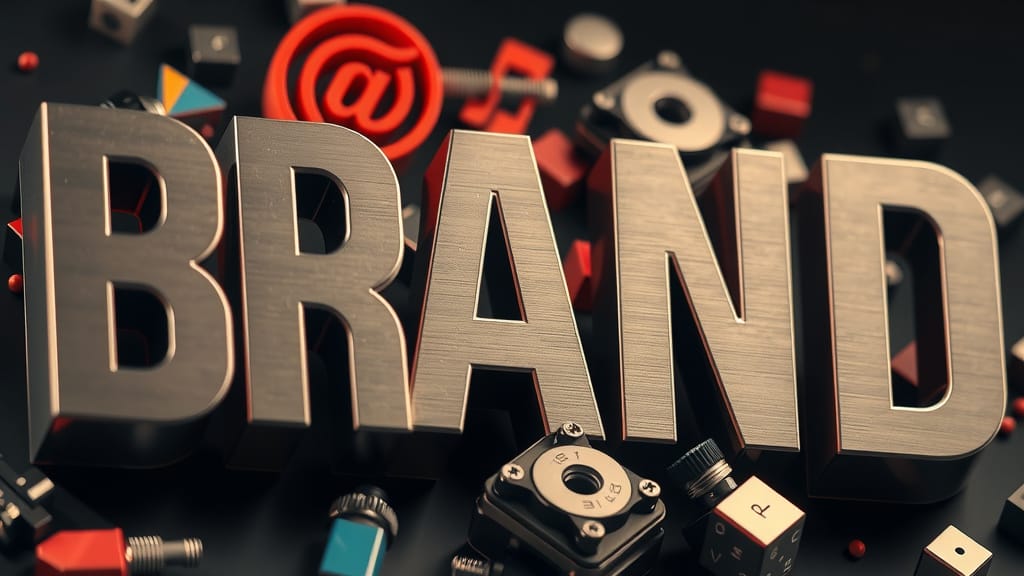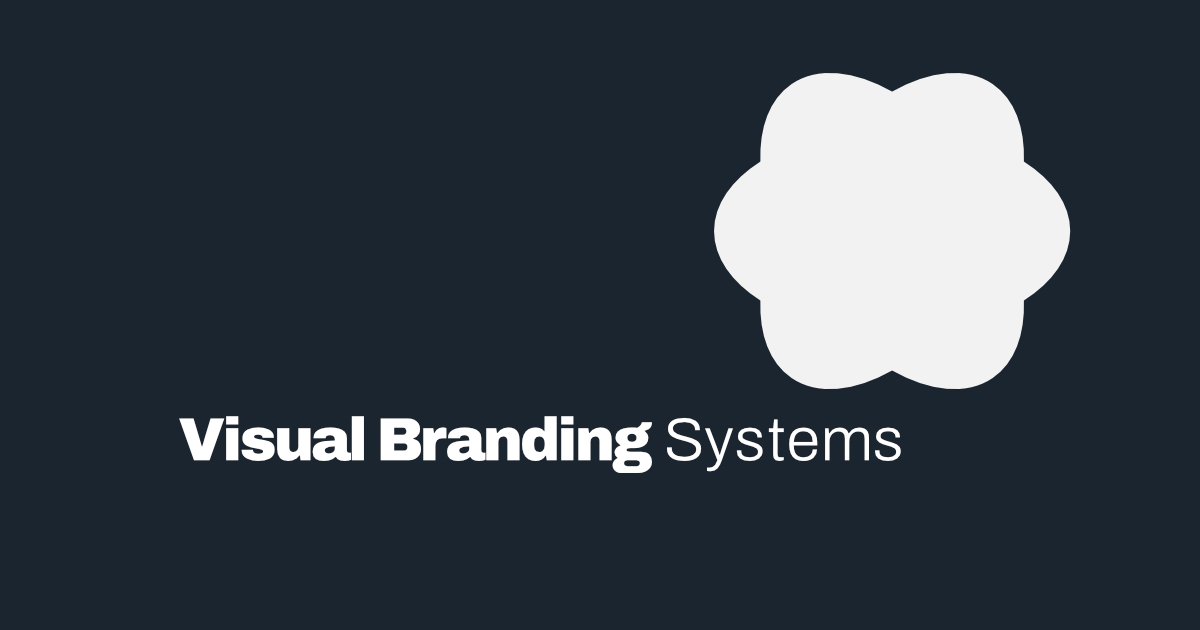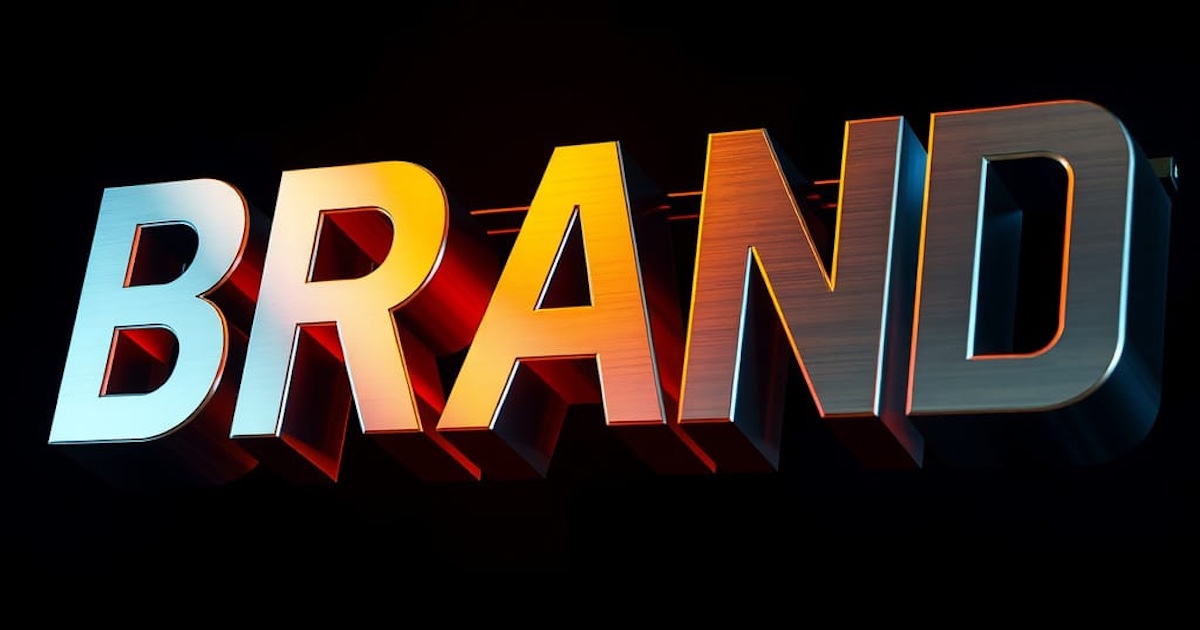Table of Contents
1. Visual Branding Introduction:

Think of your favorite brands. You likely recognize them instantly—not just by their name, but by their colors, their logo, the style of their imagery, even their fonts. That powerful, immediate recognition is the result of effective visual branding.
Visual branding is far more than just a logo. It is the consistent and strategic use of visual elements to communicate your company’s essence, values, and personality to the world. It’s the aesthetic expression of your brand strategy, transforming intangible ideas into a cohesive and memorable visual experience.
In essence, if your brand strategy is the “brain” (the why and who), and your messaging is the “voice” (the what and how), then your visual branding is the “face and body language.”
Why Does It Matter?
A strong visual brand does critical work for your business:
- Builds Instant Recognition: Consistency across all touchpoints makes your brand familiar and easy to identify in a crowded marketplace.
- Establishes Trust & Professionalism: A polished, cohesive look signals that you are credible, established, and pay attention to detail.
- Communicates Your Values: Colors, shapes, and imagery evoke specific emotions and tell your audience who you are without a single word (e.g., playful vs. authoritative, innovative vs. traditional).
- Fosters Customer Loyalty: A strong visual identity creates an emotional connection, turning customers into advocates.
The Components of a Visual World
A comprehensive visual brand system is built from several key components, all working in harmony:
- Core Identity: The non-negotiable foundation, including your Logo, Color Palette, and Typography.
- Supporting Elements: The tools that add depth and character, such as Imagery Style, Iconography, and Graphic Patterns.
- Practical Applications: Where your brand comes to life, from business cards and websites to social media graphics and packaging.
Ultimately, visual branding is an investment in your company’s perception. It’s about crafting a visual language so strong and consistent that it tells your story, builds relationships, and drives growth—long before you ever have to say a word.
2. Visual Branding Deployment:
Visual Brand Project Deployment Checklist
Goal: To launch your new visual identity consistently and effectively across all touchpoints.
Phase 1: Pre-Launch (The Foundation)
This is about preparation and building excitement.
- [ ] Internal Alignment & Announcement
- [ ] Schedule an internal launch meeting to present the new brand to all employees.
- [ ] Explain the “why” behind the rebrand to build buy-in.
- [ ] Distribute the new Brand Guidelines to everyone.
- [ ] Asset Preparation
- [ ] Gather all final digital files from your designer (logos, fonts, templates).
- [ ] Organize assets in a shared, cloud-based folder (e.g., Google Drive, Dropbox) with clear labeling (e.g., “Logos – PNG,” “Fonts,” “Templates”).
- [ ] Create a simple “Brand Hub” or a one-pager with the most essential rules and download links.
- [ ] Prioritize & Plan the Rollout
- [ ] List all touchpoints (see below). Decide which are High Priority (e.g., website, social media) and which are Phased Priority (e.g., office signage, old business cards).
- [ ] Create a realistic timeline and assign owners for each task.
Phase 2: The Launch (Go Live)
Execute the switchover in a coordinated burst.
- [ ] Digital Presence – The Big Switch
- [ ] Update the website favicon, logos, and core brand colors.
- [ ] Update all social media profiles: cover photos, profile pictures, and bios/descriptions.
- [ ] Launch new email marketing templates.
- [ ] Update any digital advertising creatives.
- [ ] External Announcement
- [ ] Launch a press release (if applicable).
- [ ] Announce the rebrand on your blog and social media channels with a post explaining the story.
- [ ] Send an email announcement to your customer list and partners.
Phase 3: Post-Launch (The Long Game)
Ensure consistency as you grow and replace materials.
- [ ] Physical Materials – Phased Rollout
- [ ] Order new business cards, letterhead, and envelopes.
- [ ] Update presentation templates (PowerPoint/Google Slides).
- [ ] Plan the replacement of signage, uniforms, and packaging as budgets allow.
- [ ] Empower Your Team
- [ ] Re-share the Brand Guidelines link periodically.
- [ ] Appoint a “Brand Guardian” (or team) to answer questions and approve new materials.
- [ ] Monitor & Maintain
- [ ] Conduct a quarterly “brand audit” to spot inconsistencies.
- [ ] Update the Brand Guidelines document whenever new elements are added.
Key Notes for a Successful Deployment
- The Brand Guidelines are Your Bible:
This is the single most important document. Everyone must use it. It prevents confusion and maintains consistency. - Embrace the “Phased” Approach:
You don’t have to change everything overnight. It’s smarter and more cost-effective to prioritize digital and customer-facing items first, and replace physical items as they naturally run out or wear out. - Communication is Key:
- Internally: Your team are your first brand ambassadors. If they understand and love the new brand, they will represent it authentically.
- Externally: Frame the rebrand as an evolution and an investment in providing a better experience for your customers. Tell the story behind the change.
- Digital Assets are a Top Priority:
In today’s world, your digital presence is often the first customer touchpoint. Ensuring your website, social media, and emails are updated immediately is crucial for a cohesive launch. - Appoint a Point Person:
Having a dedicated “Brand Guardian” ensures someone is responsible for answering questions, managing assets, and protecting the brand’s integrity long-term.
Common Touchpoints to Audit & Update
| High Priority (Update First) | Phased Priority (Update Over Time) |
|---|---|
| Website & App UI | Business Cards & Stationery |
| Social Media Profiles | Presentation Templates (PPT/Keynote) |
| Email Signatures | Product Packaging |
| Digital Ads & Marketing | Office Signage & Interior Branding |
| Email Newsletter Template | Company Vehicles |
| Blog & Content Graphics | Employee Uniforms |
| Video Channel Art (YouTube) | Trade Show Booths |
| Invoices & Contracts |
By following this checklist and keeping these notes in mind, you can ensure a smooth, organized, and effective rollout of your new visual brand.
RELATED CONTENT


